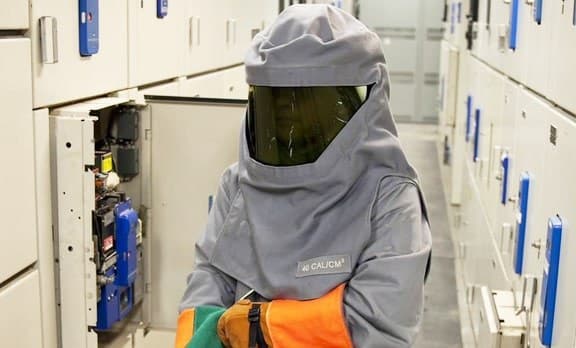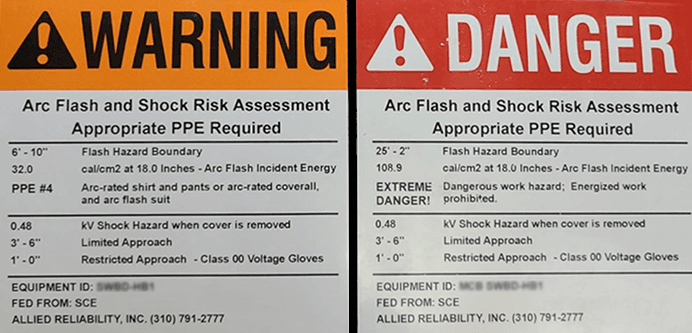When is an Arc Flash Study Required?
In critical environments like commercial buildings, industrial plants, manufacturing facilities, and healthcare centers, ensuring the safety of workers and property is paramount. Arc flash hazards demand proactive mitigation strategies. Here's when an arc flash study becomes crucial for your facility:
Mandatory Compliance:
- NFPA 70E® Standard: The National Fire Protection Association mandates an arc flash hazard analysis every five years (Section 130.5). This reassesses potential dangers and guides safety protocols.
- OSHA Regulations: While not explicitly requiring studies, OSHA's General Duty Clause (29 CFR 1910.132) emphasizes protecting workers from known hazards. Arc flash falls under this category, making studies essential for compliance.
Beyond Compliance:
- Significant System Changes: Any major alterations to your electrical system, like adding/removing equipment, changing wiring configurations, or altering protective device settings, trigger the need for a fresh study. These modifications can alter arc flash risks, requiring updated assessments.
- Enhanced Safety Measures: Even if your study meets the five-year mark, consider revisiting it if you've experienced near misses or safety concerns related to electrical equipment. Proactive evaluation helps identify and address potential issues.
- Insurance Requirements: Some insurance companies may require up-to-date arc flash studies as a condition for coverage. This ensures informed risk management and reduces potential liabilities.
Benefits of Arc Flash Studies Beyond Compliance
While arc flash studies are essential for regulatory compliance with NFPA 70E®, their benefits extend far beyond mere adherence to standards. Companies can significantly enhance workplace safety, minimize equipment downtime, and reduce insurance costs by conducting comprehensive arc flash studies.
Understanding and mitigating arc flash hazards through detailed risk assessments and appropriate protective measures not only protect workers from injuries but also safeguard critical assets and infrastructure. Moreover, proactive management of arc flash risks demonstrates a commitment to employee welfare and fosters a culture of safety within the organization.
Request Service



